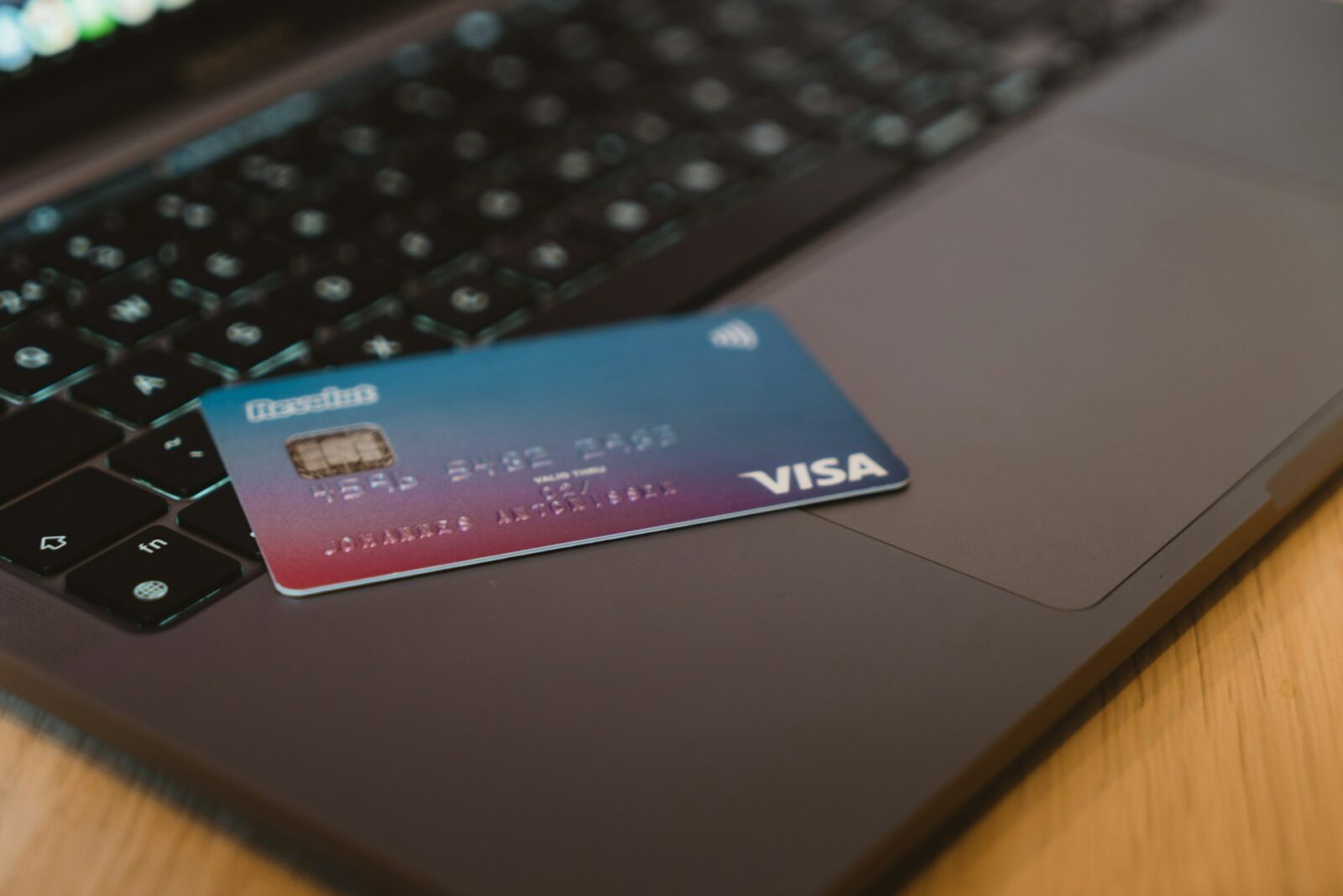In this digital age, managing finances and teaching children about money has become increasingly complex. Parents often grapple with the challenge of giving their kids allowances while imparting valuable financial lessons. Enter the era of automating allowances with debit cards. This innovative approach not only simplifies the process but also educates children about responsible money management. In this article, we will delve into the world of automating allowances with debit cards, exploring the benefits, how-to guide, and addressing common questions. Traditional methods of giving children allowances often involve cash transactions, which can be inconvenient and challenging to track. Automating allowances with debit cards presents a modern solution to this age-old problem. By doing so, parents can simplify the allowance process, promote financial literacy, and ensure that their children have access to funds when needed.
Why Automate Allowances?
Automating allowances offers several advantages over traditional methods. Firstly, it eliminates the need for physical cash, reducing the risk of money being lost or stolen. Secondly, it allows parents to track their child’s spending habits more effectively, providing insights into where the money is going. Additionally, it encourages financial responsibility from an early age, as children learn to manage their funds digitally.
Choosing the Right Debit Card
Selecting the right debit card is a crucial step in automating allowances. Look for a card that offers features such as parental controls, spending limits, and the ability to monitor transactions in real-time. Many financial institutions offer specialized debit cards designed for children, making it easier for parents to find the perfect fit.
Kids’ prepaid cards, also known as youth debit cards, are specially designed financial tools for children and teenagers. These cards offer a secure and controlled way for parents to introduce their kids to the world of money management. With features such as spending limits, parental controls, and real-time monitoring, parents can oversee their child’s financial activities while teaching valuable lessons about budgeting and responsible spending. Kids’ prepaid cards are typically linked to a parent’s account, allowing for easy fund transfers, and they come with user-friendly interfaces that make them accessible to young users. These cards provide a practical bridge between traditional allowances and the digital economy, helping children develop essential financial skills while offering peace of mind to parents.
Setting Up Allowance Automation
To automate allowances, parents can link their bank account to the child’s debit card. A predetermined amount can be transferred at regular intervals, simulating a weekly or monthly allowance. This process ensures that the child consistently receives funds without relying on cash handouts.
Teaching Financial Responsibility
One of the primary benefits of automating allowances is the opportunity to teach children about financial responsibility. Parents can sit down with their kids and discuss budgeting, saving, and setting financial goals. This practical approach to money management lays a strong foundation for their future.
Monitoring and Tracking Expenses
With automated allowances, parents can monitor their child’s spending habits effortlessly. Most debit cards designed for children come with apps or online portals that provide real-time transaction details. This transparency allows parents to guide their children towards making responsible financial choices.
Dealing with Emergencies
Automated allowances also provide a safety net for children during emergencies. Whether it’s a sudden school expense or a medical need, having access to funds on a debit card can be a lifesaver. Parents can rest easy knowing that their child has a financial cushion in unexpected situations.
Safety and Security
Addressing concerns about safety and security is paramount when automating allowances. Parents should educate their children about the importance of keeping their card and PIN secure. Additionally, they should be aware of the card’s fraud protection features and procedures for reporting a lost or stolen card.
Now, let’s delve deeper into why automating allowances with debit cards can be a game-changer for both parents and children.
Increased Financial Literacy
Automating allowances provides an excellent opportunity to impart financial knowledge to children. Parents can use this platform to explain concepts like budgeting, saving, and the importance of delayed gratification. By actively involving children in their financial journey, they become more financially literate and responsible.
Cashless Transactions
In an increasingly digital world, cash transactions are becoming less common. Automating allowances familiarizes children with cashless transactions from a young age. This knowledge will be invaluable as they grow up and start managing their finances independently.
Encouraging Savings
Many debit card systems designed for children come with built-in savings features. Parents can set up automatic transfers to a savings account, teaching their children the importance of saving for future goals. This early exposure to savings can instill lifelong financial habits.
Transparent Financial Monitoring
Parents can keep a watchful eye on their child’s spending through the associated app or online portal. This transparency allows for constructive discussions about financial decisions and provides an opportunity to intervene if spending habits become problematic.
Customizable Controls
Automated allowance systems often offer customizable controls. Parents can set spending limits or restrict certain types of purchases, ensuring that their children don’t overspend or make inappropriate transactions.
Conclusion
In conclusion, automating allowances with debit cards is a modern, practical, and educational approach to teaching children about money. It simplifies the allowance process, promotes financial literacy, and offers a level of security and control that cash allowances cannot match. By taking advantage of the benefits offered by automated allowances, parents can set their children on a path toward financial success.









